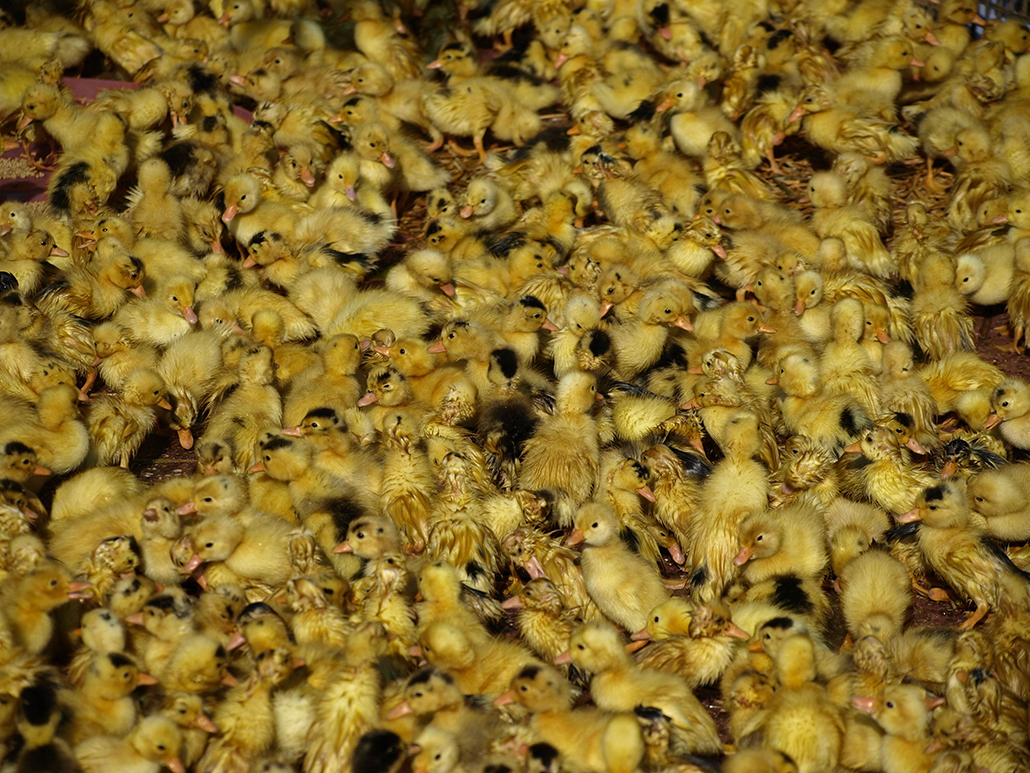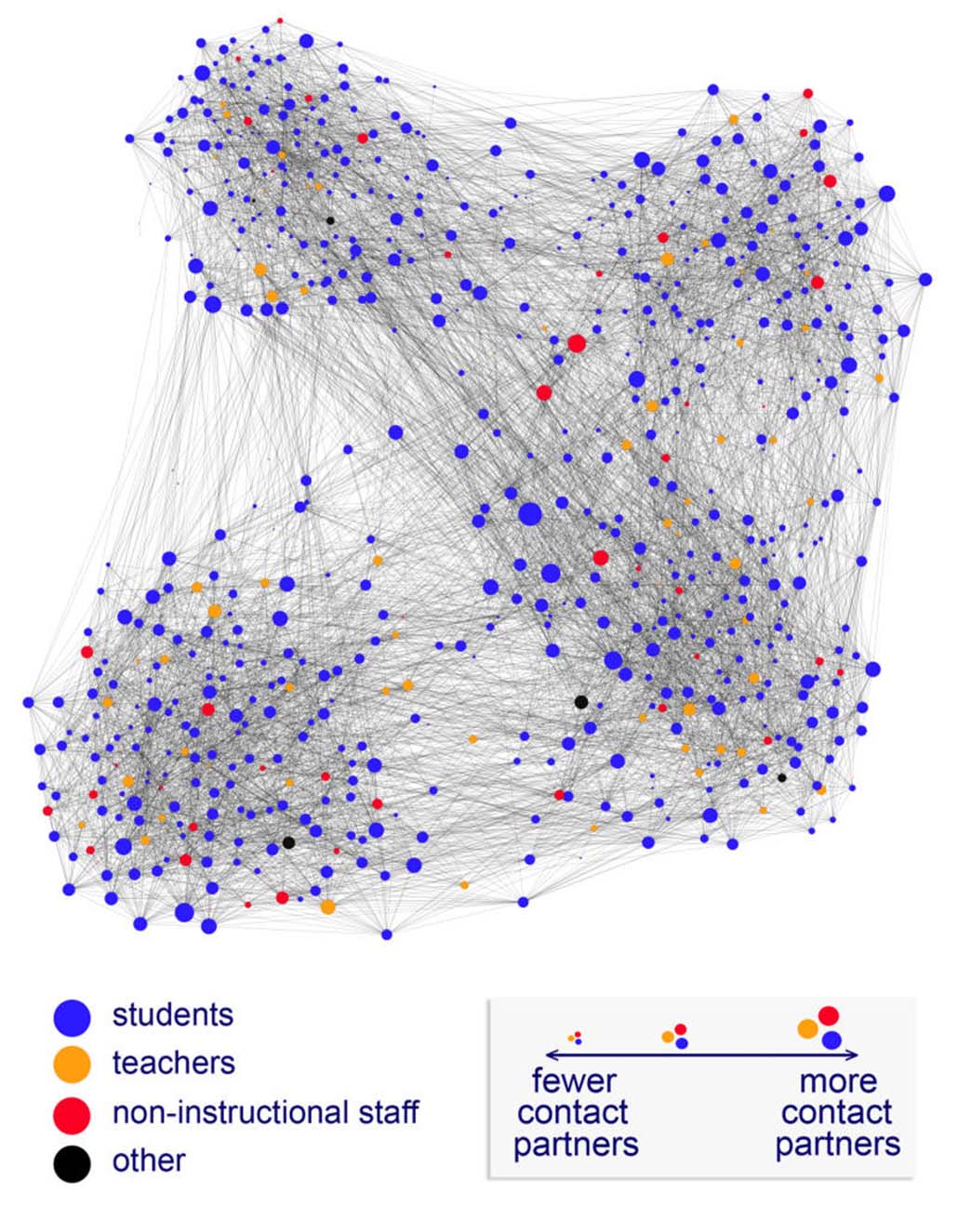H5N1 Incidence, Viral Evolution, and Policy Implications
Place: GMS • Dates: 2009 • Partner: FAO
Project Summary
Since its apparent emergence over a decade ago, Highly Pathogenic Avian Influenza (HPAI) or the H5N1 virus, has infected over fifty countries, been associated with about 200 human fatalities, and resulted in disease mortality and culling of several million domestic birds. National and multilateral agencies have responded in many ways to this health and economic risk, and important lessons have been learned about incidence and policy effectiveness. Because HPAI is driven by a biological process involving a highly mutable virus, the underlying disease conditions are also evolving. With the passage of time, more reliable information has emerged about viral evolution and this can be incorporated to improve policies.
H5N1’s mutagenic progress and the geographic dispersion of genetic variants (or clades) of this virus. This evidence suggests that the global landscape of HPAI is quite heterogeneous, and that policies should be adapted in recognition of this. To support more appropriately localized policies, we present a classification scheme for HPAI incidence based on both H5N1 genetic variation and epidemiological conditions such as recurrence, within country mutagenic transition, etc.
Most Recent Entries

Low Carbon Biomass Conversion in the Sierra Nevada







